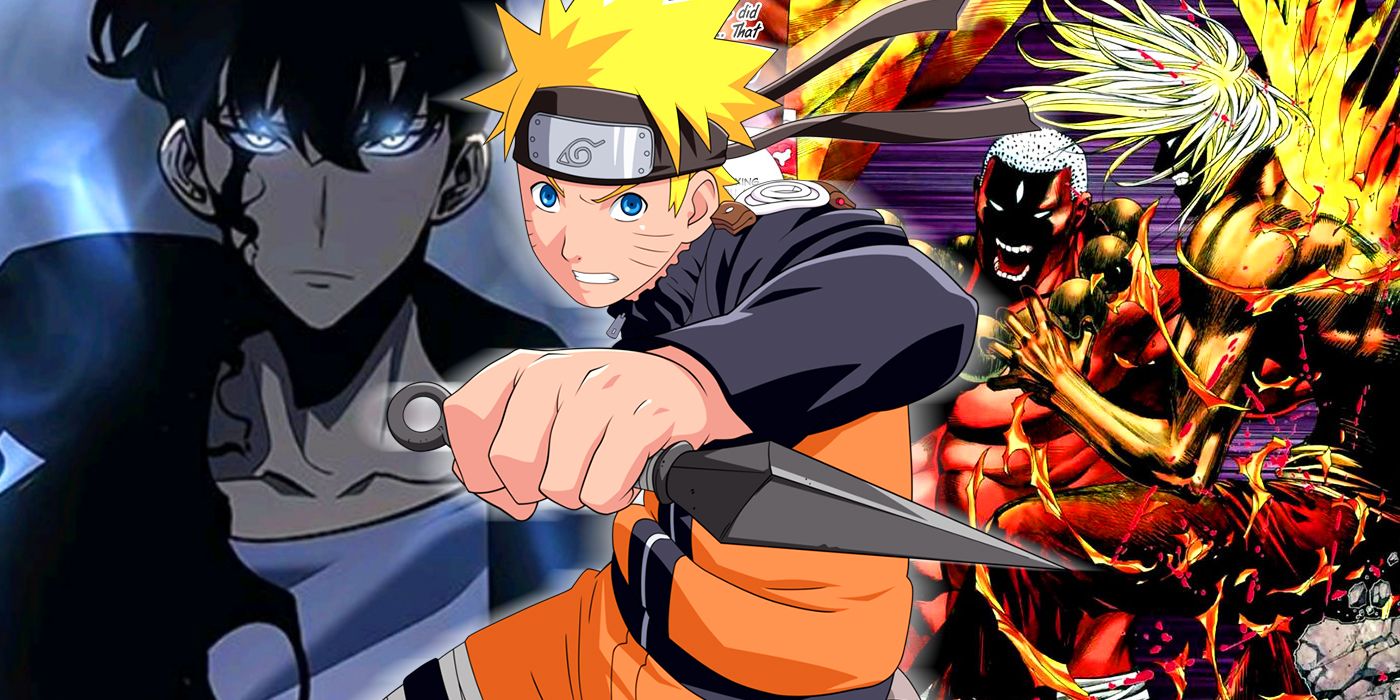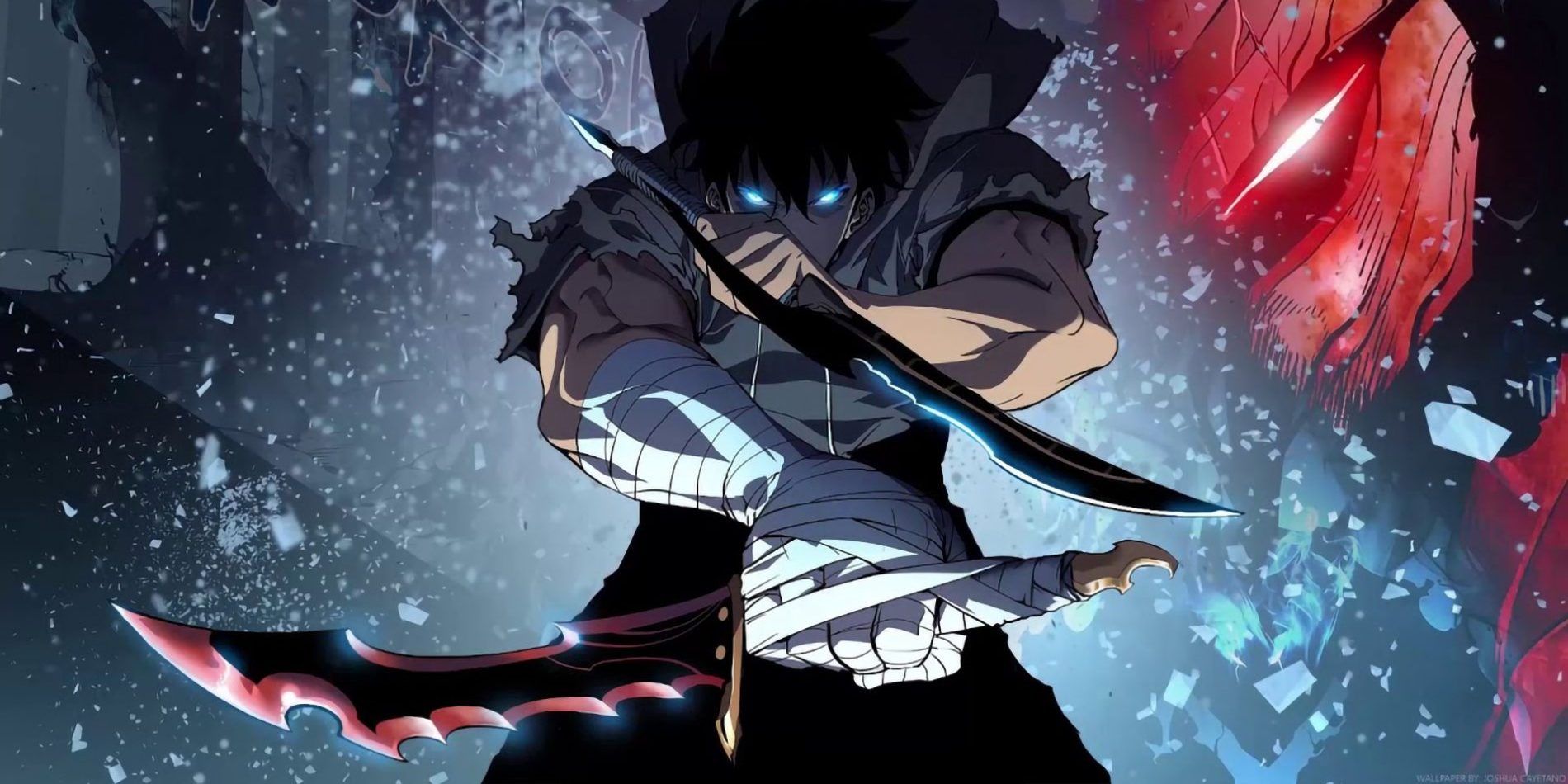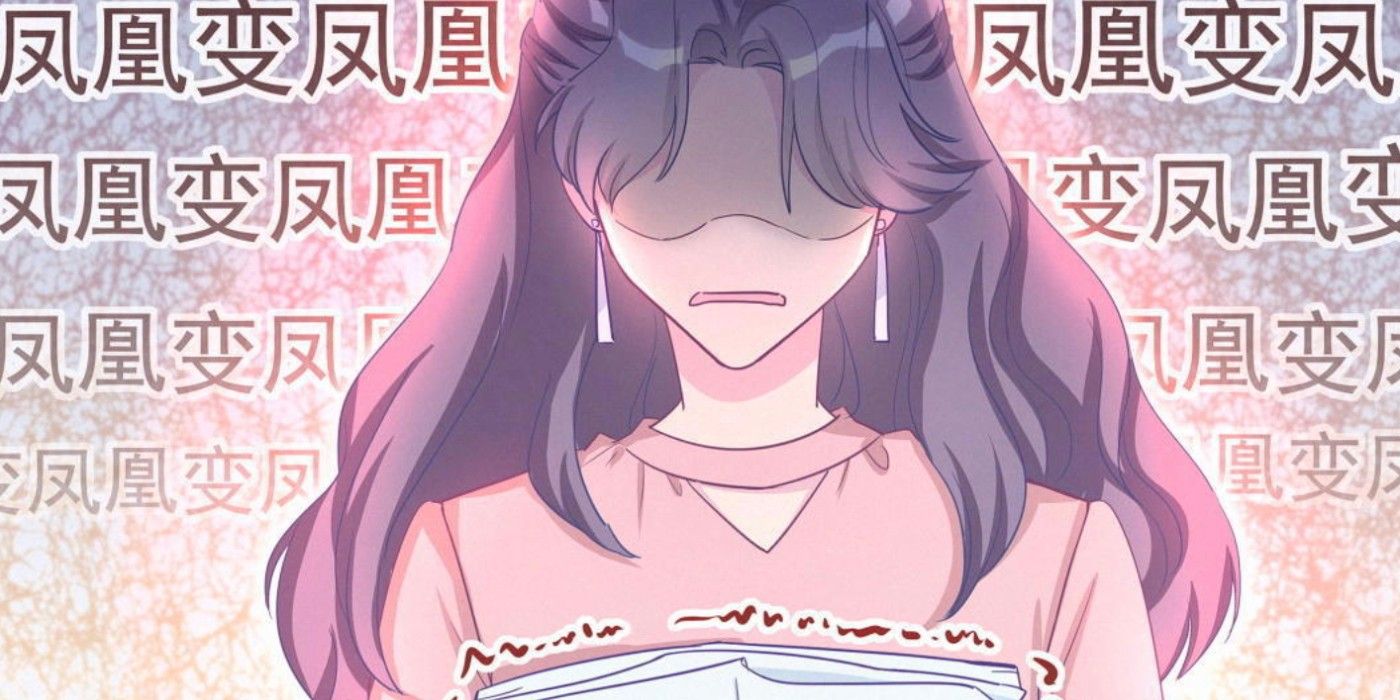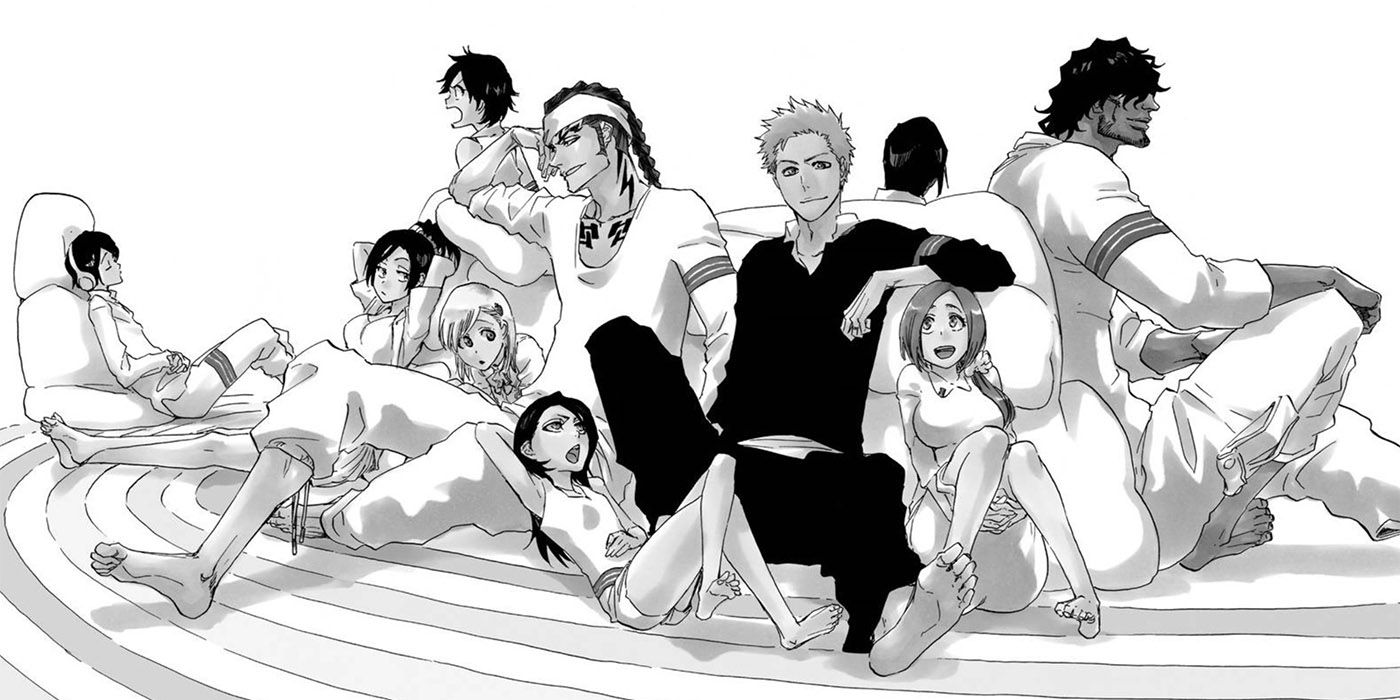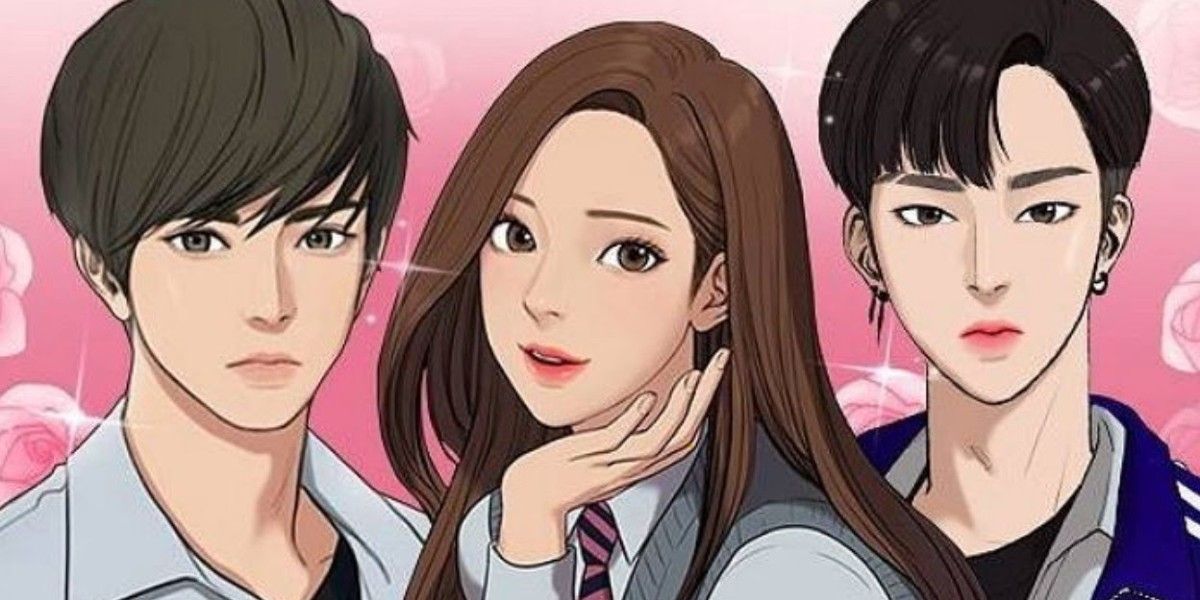Quick Links
In recent years, the international popularity of manga has led to an increased interest in manhwa and manhua. Manga, manhwa, and manhua sound the same and, generally speaking, are similar in artwork and layout, which can result in accidentally categorizing these comics as all being Japanese in origin. The question of what manhwa and manhua is a frequent refrain, especially given that one of these has historically been kept out of the West.
However, there are several subtle but important differences between the three. This can be noted in the art styles of the creators involved, not to mention the country-exclusive names. Since there is so much anime being produced today, however, it's easy for the comic book source material to overshadow or blend in with the works of other Asian comics. This makes telling them apart somewhat more difficult, especially for less-than-mainstream franchises.
Updated by Timothy Blake Donohoo on April 19, 2024: The global popularity of manga and anime has exploded since the mid-2010s, and it's only grown higher in the 2020s. This coincided with the rising international popularity of K-pop and K-dramas, not to mention South Korean Webtoons. The result is that East Asian media as a whole has gained a much larger audience, especially when it comes to comics. Of course, the fact that manhwa now shares shelf space in retail stores with manga and even manhua has caused some confusion over which one is which, and what country these mediums hail from. Now, manhwa and manhua are even being made into anime, blurring the lines more than ever.
The History of Manga vs. Manhwa vs. Manhua
|
Popular Manga, Manhua, and Manhwa |
|||
|---|---|---|---|
|
Title |
Medium |
Release Date |
Creator(s) |
|
Dragon Ball |
Manga |
1984 - 1995 |
Akira Toriyama |
|
Chinese Hero: Tales of the Blood Sword |
Manhua |
1980 - 1995 |
Ma Wing-shing |
|
Solo Leveling |
Manhwa |
2018 - 2021 |
Chugong |
|
Astro Boy |
Manga |
1952 - 1968 |
Osamu Tezuka |
|
True Beauty |
Manhwa |
2018 - 2023 |
Yaongyi |
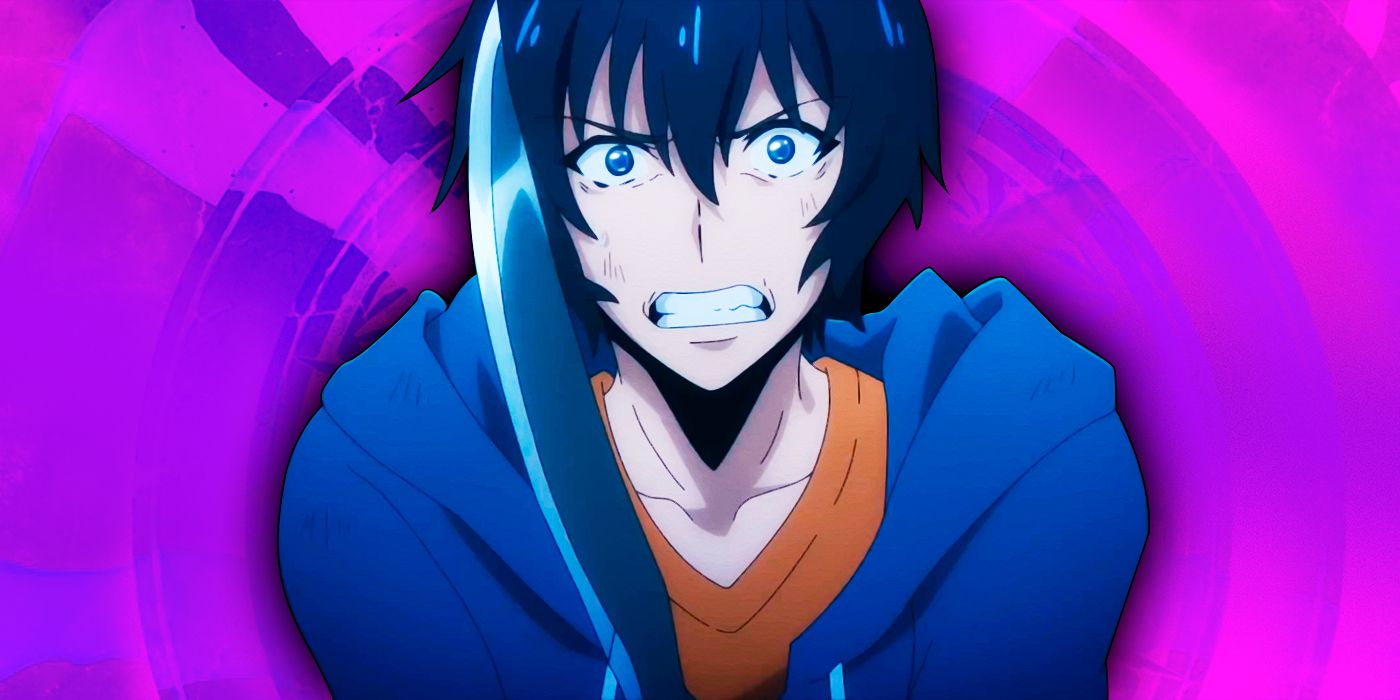
Solo Leveling's Epic & Controversial Finale, Explained
Solo Leveling has finally reached its climatic ending after three years of publication and 179 chapters, and fans are left feeling emotional.The terms "manga" and "manhwa" actually come from the Chinese term "manhua," which means "impromptu drawings." Originally, these were used within Japan, Korea, and China, respectively, as general terms for all comics. Now, however, international readers use these terms to address comics that are published in a specific country: Manga are Japanese comics, manhwa are Korean comics, and manhua are Chinese comics. The creators of these East Asian comics also have specific titles: a person who makes manga is a "mangaka," a person who creates manhwa is a "manhwaga," and a person who makes manhua is a "manhuajia." Along with etymology, each country has also historically influenced one another's comics.
In mid-20th century Japan, the popularity of manga skyrocketed with the Godfather of Manga, Osamu Tezuka, the creator of Astro Boy. However, scholars believe the origin of manga started earlier, around the 12th to 13th centuries, with the publishing of the Chōjū-giga (Scrolls of Frolicking Animals), a collection of animal drawings by various artists. During the American Occupation (1945-1952), American soldiers brought European and American comics with them, which influenced manga creators' art style and creativity. There was a great demand for manga due to an increase in readership from the 1950s to the 1960s. Soon after, manga became a global phenomenon, with overseas readership starting in the late 1980s.
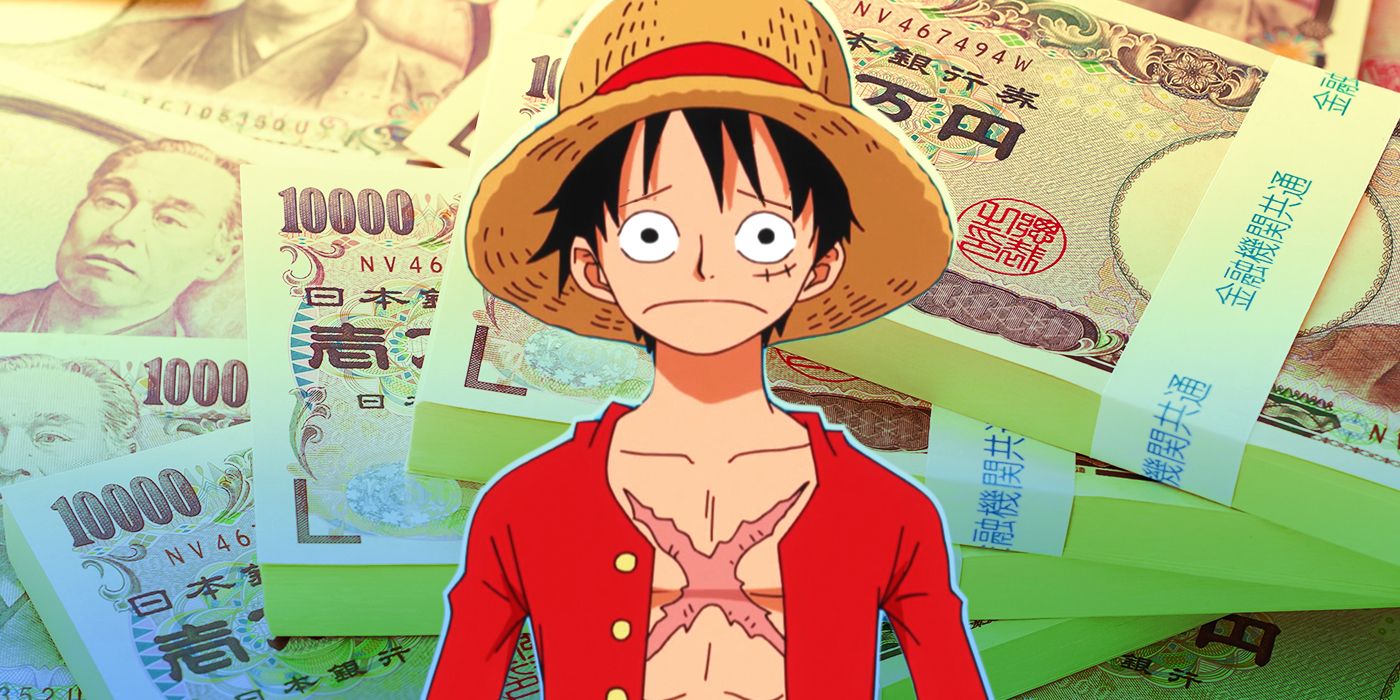
Major Manga Piracy Site Forced to Pay Largest Cost in Damages in Japanese History
The biggest Japanese manga piracy site at its time of operation, Mangamura, has been forced to pay the largest cost in damages in Japanese history.Manhwa has its own history of development, though it's still tied to that of Japanese manga. During the Japanese Occupation of Korea (1910-1945), Japanese soldiers brought their culture and language into Korean society, including the importation of manga. From the 1930s to the 1950s, manhwa was used as propaganda for war efforts and to impose a political ideology. Manhwa became popular in the 1950s but then experienced a decline in the mid-1960s because of strict censorship laws. However, manhwa became popular again when South Korea launched websites that publish digital manhwa known as webtoons, such as Daum Webtoon, in 2003, and Naver Webtoon, in 2004. Then, in 2014, Naver Webtoon launched globally as LINE Webtoon.
When it comes to manhua vs. manhwa, the main difference is that the former originates from China, Taiwan, and Hong Kong. Manhua is said to have started in the early 20th century, with the introduction of the lithographic printing process. Some manhua were politically driven, with stories about the Second Sino-Japanese War and the Japanese Occupation of Hong Kong. Yet, after the Chinese Revolution in 1949, there were strict censorship laws, resulting in manhua having a difficult time being legally published overseas. To this end, many of the most prominent titles in the medium have never been released elsewhere. However, manhuajia began self-publishing their work on social media and webcomic platforms like QQ Comic and Vcomic.
Manga, Manhwa, and Manhua's Ideal Readership
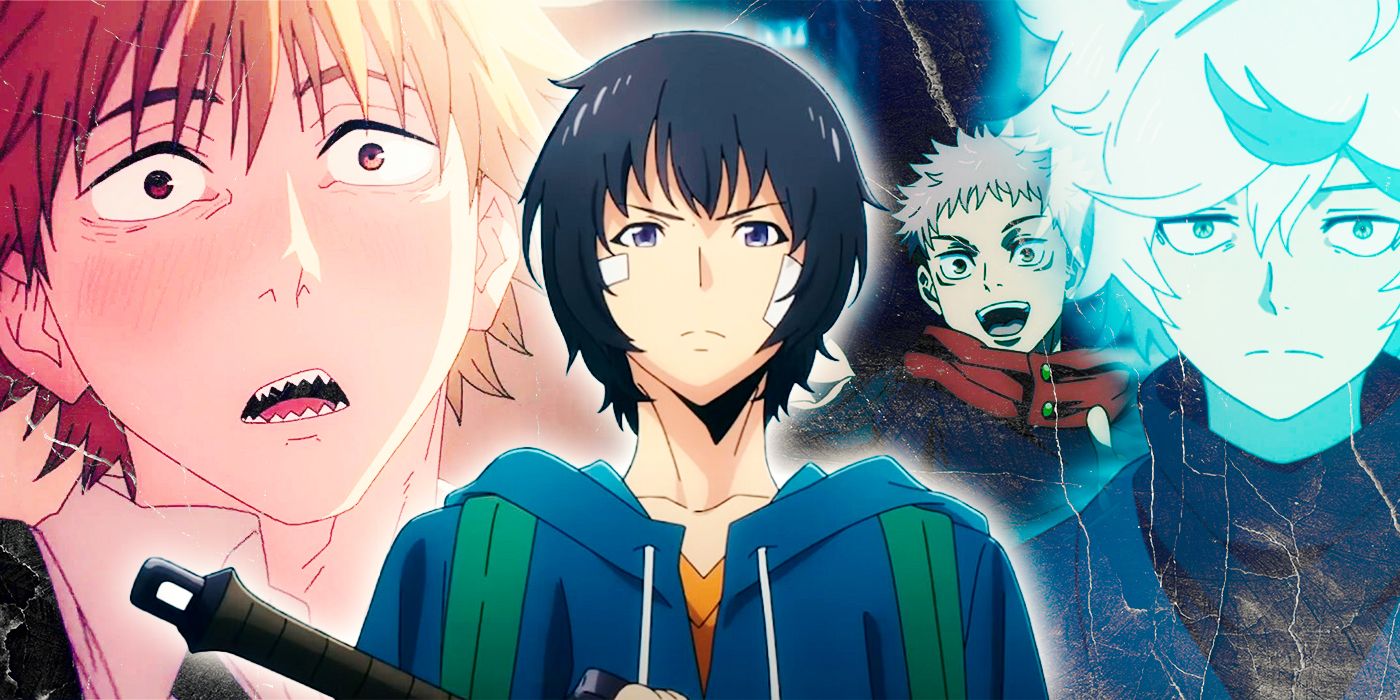
Solo Leveling Owes Its Success to These Iconic Anime
Solo Leveling is currently the biggest anime on the block, but it shares similarities to the dark shonen trio which paved the way for its success.East Asian comics have specific content that aims to attract different demographics, usually based on age and gender. In Japan, boys’ shonen manga are filled with action and adventure stories, like My Hero Academia and Naruto. The latter is part of the "battle shonen" category, which is known for tropes such as tournament ars and other recurring elements. Shojo manga are mainly fantasy or magical stories featuring young girls, like Precure, Sailor Moon, or Cardcaptor Sakura, and complex romances, like Fruits Basket. Romantic shojo manga and anime are actually fairly common for the demographic.
There are also manga—known as seinen and josei—that skew older, and feature more mature content. These can be darker takes on adventure stories or more grounded, human tales. Similarly, manhwa and manhua also have comics aimed at specific demographics. In Japan, manga chapters are published in weekly or biweekly magazines like Shonen Jump. If a manga becomes popular, it's then published in collected volumes, known as tankōbon. As for digital manhwa and manhua, chapters are uploaded weekly on webtoon platforms, with this publishing format being similar yet distinct from the nature of major manga.
Cultural Content & Reading Direction in Manga, Manhwa, and Manhua
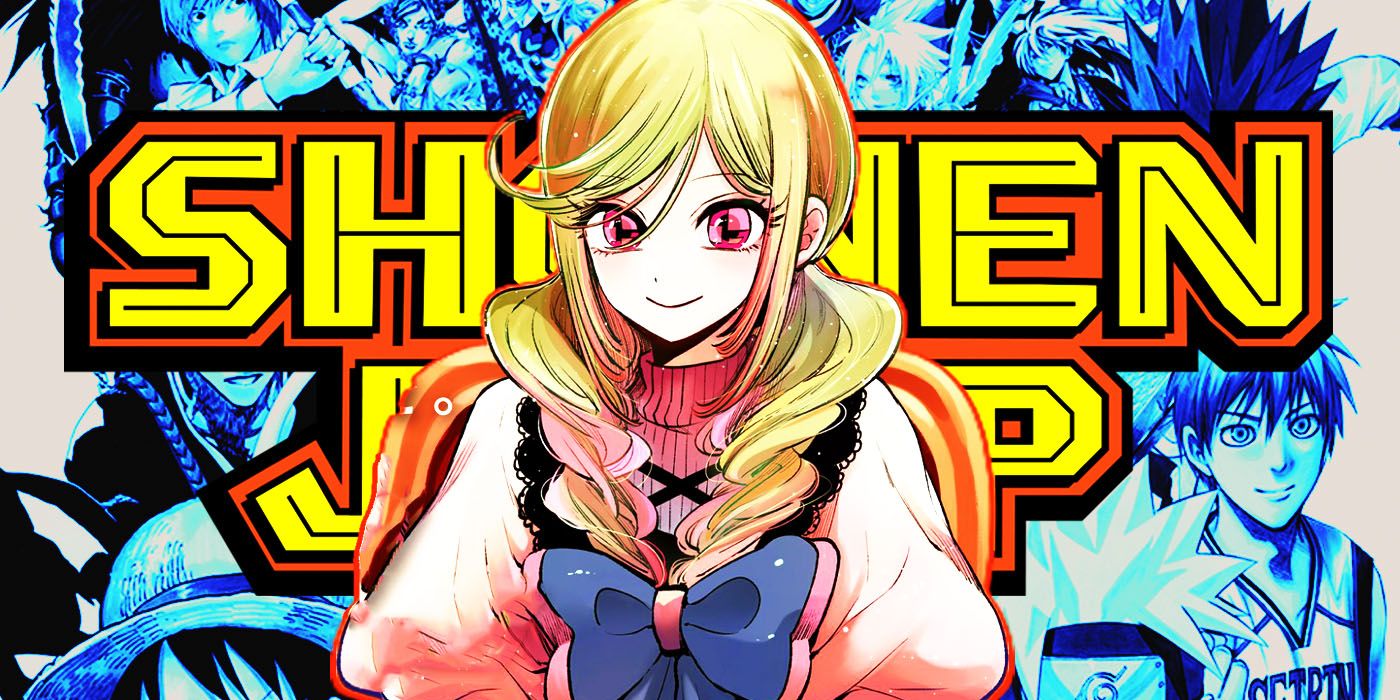
Shonen Jump Publisher's New AI Recommendation Service Provokes Concerns Over Lewd Content
Anime fans are worried that Shueisha's upcoming AI manga service will lead to unwanted and "unsavory" series recommendations.The content of an East Asian comic is reflective of its original culture and values. In manga, there are numerous fantasy and supernatural stories about shinigami ("death gods") such as Tite Kubo's shonen series Bleach and the incredibly popular Death Note. Manhwa often has storylines related to the Korean beauty culture, like True Beauty, with these more female-oriented stories being grounded and realistic in scope. In the case of the series Solo Leveling, it's a fantasy that's quite similar to the Japanese isekai genre. Likewise, manhua features many wuxia (martial arts chivalry) themed comics, and the cultivation genre (xianxia) is in its own way similar to the overpowered heroes of certain isekai and fantasy manga. The latter concept is also explored in a lot of Chinese novels, similar to how isekai usually begin life as light novels.
Manga and manhua are read from right to left, and from top to bottom, which can definitely take some getting used to. However, manhwa is similar to American and European comics in that they're read from left to right, and from top to bottom. When it comes to digital comics, the layouts are read from top to bottom, allowing for infinite scrolling. Printed manga has limitations when depicting movement in artwork; however, the vertical layout and infinite scrolling in digital manhwa and manhua are used to strategically depict the movement of objects descending or the passage of time. This has allowed manhwa in particular to cut a unique aesthetic compared to comics from other sources.
Artwork & Text in Manga, Manhwa, and Manhua
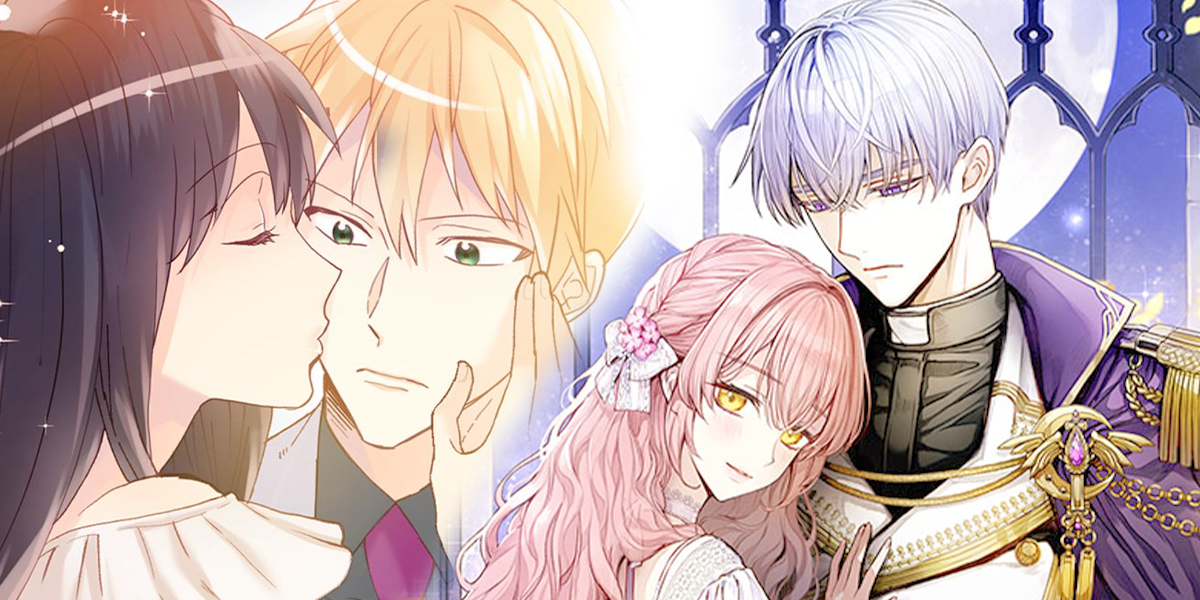
20 Best Isekai Romance Manhwa For Fans Of Manga
From The Twin Siblings' New Life to The Abandoned Empress, there's no shortage of great isekai romance manhwa for manga fans to fall in love with!In print and digital, manga is usually published in black and white, unless there are special releases printed in full color or with color pages. Digital manhwa is published in color, but print manhwa is traditionally published in black and white, similar to manga. Like manhwa, digital manhua are also published in color. Inspired by the art of Walt Disney, Osamu Tezuka drew his characters with big eyes, small mouths, and exaggerated expressions to emphasize certain emotions. Tezuka's art style influenced that of other artists in Japan and elsewhere. However, manhwa and manhua characters are typically drawn to focus on more realistic human proportions and appearances.
Manga and manhwa also have realistic and detailed background settings, in contrast to digital manhwa, which has simpler backgrounds. However, it should be noted that printed manhwa is more similar to manga in that regard. Manga also uses a unique set of onomatopoeia to describe not only the sounds of animals and inanimate objects but also those of psychological states and emotions. Likewise, manhwa and manhua have their own set of onomatopoeia used to describe emotions and movements. Also, digital manhwa often use music and soundbites to enhance the reading experience, something novel to their electronic presentation. Whether you are reading manga, manhwa, or manhua, each comic has its merits, which only enhances the reading experience for anyone anywhere.
Blurring the Lines Between Manhwa, Manhua and Manga Through Anime
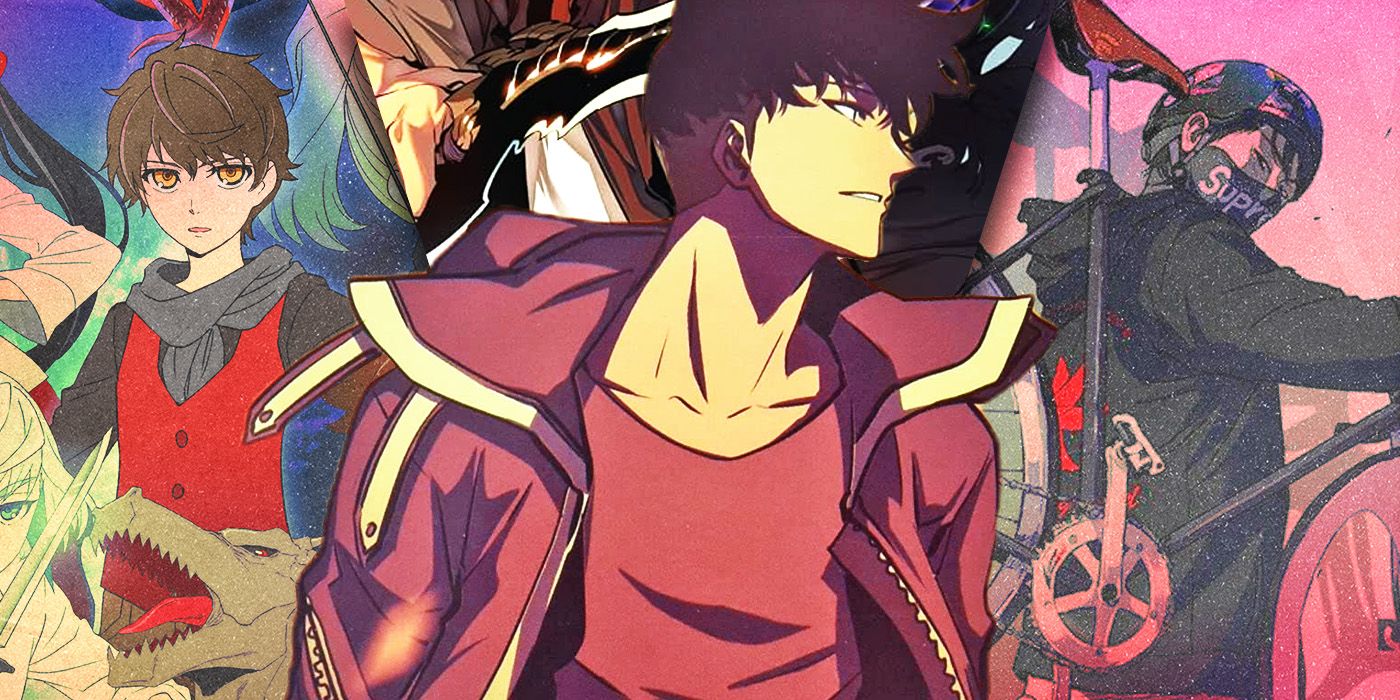
20 Best Manhwa of All Time, Ranked
There are a variety of components when it comes to choosing the best Manhwa available for readers, including multiple different genres.In the case of some anime, they're completely original stories that aren't based on existing properties. For the most popular ones, however, they're usually adaptations of manga. Increasingly, however, there are anime that blur regional lines through their source material. One example is donghua, or Chinese animation, which is typically confused with true anime. Even in the eyes of anime fans, the differences between these two aren't exactly easy to detect. Likewise, there are now anime adaptations of works that aren't manga or even Japanese light novels.
One example was The God of High School, which was a Korean manhwa/webtoon series that was adapted into an anime series in 2020. More recently, this trend has continued with the highly-successful Solo Leveling anime. This series was also based on a South Korean novel/webtoon/manhwa, but the animated version is an anime. Thus, those who have a hard time figuring out where manga ends and where manhua and manhwa begin might be even more surprised to find out that the book versions of their favorite new anime aren't manga.

